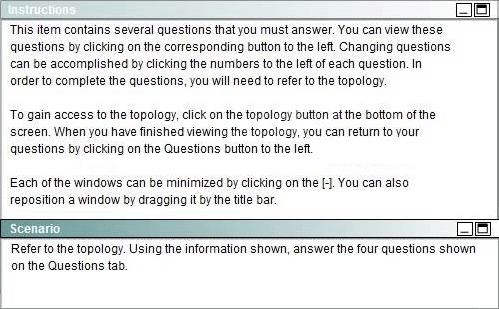To allow or prevent load balancing to network 172.16.3.0/24, which of the following commands could be used in R2? (Choose two.)


A . R2(config-if)#clock rate
B . R2(config-if)#bandwidth
C . R2(config-if)#ip ospf cost
D . R2(config-if)#ip ospf priority
E . R2(config-router)#distance ospf
Answer: BC
Explanation:
http://www.cisco.com/en/US/tech/tk365/technologies_white_paper09186a0080094e9e.sht ml#t6
The cost (also called metric) of an interface in OSPF is an indication of the overhead required to send packets across a certain interface. The cost of an interface is inversely proportional to the bandwidth of that interface. A higher bandwidth indicates a lower cost. There is more overhead (higher cost) and time delays involved in crossing a 56k serial line than crossing a 10M Ethernet line.
The formula used to calculate the cost is:
Cost = 10000 0000/bandwidth in bps
For example, it will cost 10 EXP8/10 EXP7 = 10 to cross a 10M
Ethernet line and will cost 10 EXP8/1544000 =64 to cross a T1 line.
By default, the cost of an interface is calculated based on the bandwidth; you can force the cost of an interface with the ip ospf cost <value> interface subconfiguration mode command.
